Tag: sepsis
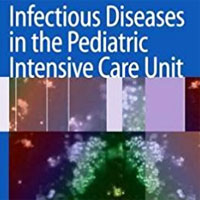
Infectious Diseases in the Pediatric ICU
Infants and children are at high risk of acquiring infections and this is most critical on the pediatric intensive care unit, as these infections have serious effects on mortality. Infectious Diseases in the Pediatric Intensive... read more
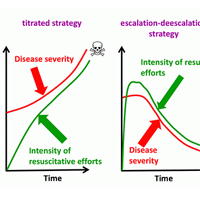
Metabolic Sepsis Resuscitation
There are roughly two strategies for adjusting the intensity of treatment: Titrated strategy: Treatment intensity is adjusted to match the severity of the disease. Escalation-deescalation strategy: Treatment intensity is... read more
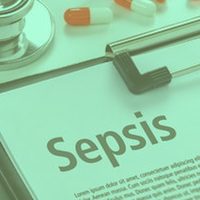
Host Genetic Variants in Sepsis Risk
Published data revealed that host genetic variants have a substantial influence on sepsis susceptibility. However, the results have been inconsistent. We aimed to systematically review the published studies and quantitatively... read more
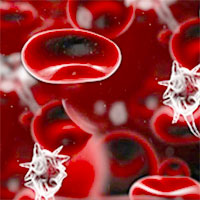
A Rare Group of White Blood Cells May Be the Secret to Prevent Sepsis
Basophils are evolutionarily conserved in vertebrates, despite their small numbers and short life span, suggesting that they have beneficial roles in maintaining health. However, these roles are not fully defined. Here we... read more

Antibiotics for the Critically Ill Patient
We spend a lot of time obsessing over the finer details of critical care: which fluid is best? which vasopressor is best? will another liter of fluid help? These details are important, but for a septic patient something... read more
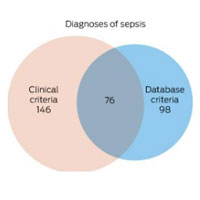
Sepsis Incidence and Mortality are Underestimated in Australian ICU Administrative Data
When compared with the reference standard — prospective clinical diagnosis — ANZICS CORE database criteria significantly underestimate the incidence of sepsis and overestimate the incidence of septic shock, and also result... read more

Overuse of troponin? A comprehensive evaluation of testing in a large hospital system
Troponin assays are integral to the diagnosis of acute myocardial infarction (AMI), but there is concern that testing is over utilized and may not conform to published guidelines. We reviewed all testing performed at 14 hospitals... read more

Effect of Thiamine Administration on Lactate Clearance and Mortality in Patients With Septic Shock
Thiamine administration within 24 hours of admission in patients presenting with septic shock was associated with improved lactate clearance and a reduction in 28-day mortality compared with matched controls. Patients who... read more

Early Lactate Measurements Appear to Improve Results for Septic Patients
The study by Churpek and colleagues was designed to evaluate both the frequency of urgent lactate measurements and their association with clinician interventions and mortality. An elevated lactate level means that a patient's... read more

Machine Learning Can Reduce Tests, Improve Treatments for ICU Patients
Researchers from Princeton University are using machine learning to design a system that could reduce the frequency of tests and improve the timing of critical treatments for ICU patients. To create the system, the researchers... read more

Insulin-Treated Diabetes Reduces Dysglycemia-Related Mortality in Sepsis
Patients with sepsis and a pre-existing diagnosis of insulin-treated diabetes (ITD) may show a different relationship between hospital mortality and highest glucose levels and glycemic variability in the first 24 hours than... read more
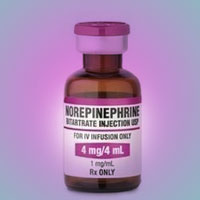
Norepinephrine in Septic Shock
Norepinephrine (NE) is both an alpha1- and beta1-agonist, and is therefore able to increase vascular tone and contractility. Recent guidelines recommend NE as the first-line vasopressor in septic shock. However, because septic... read more
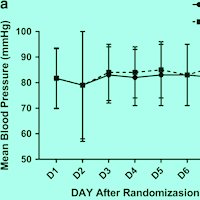
Terlipressin vs. Norepinephrine As Infusion in Patients With Septic Shock
In this multicentre, randomised, double‑blinded trial, we observed no difference in mortality between terlipressin and NE infusion in patients with septic shock. Patients in the terlipressin group had a higher number of... read more
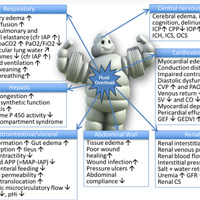
Principles of Fluid Management and Stewardship in Septic Shock
There are only four major indications for fluid administration in the critically ill: resuscitation, maintenance, replacement and nutrition (enteral or parenteral). In this review, a conceptual framework is presented looking... read more








